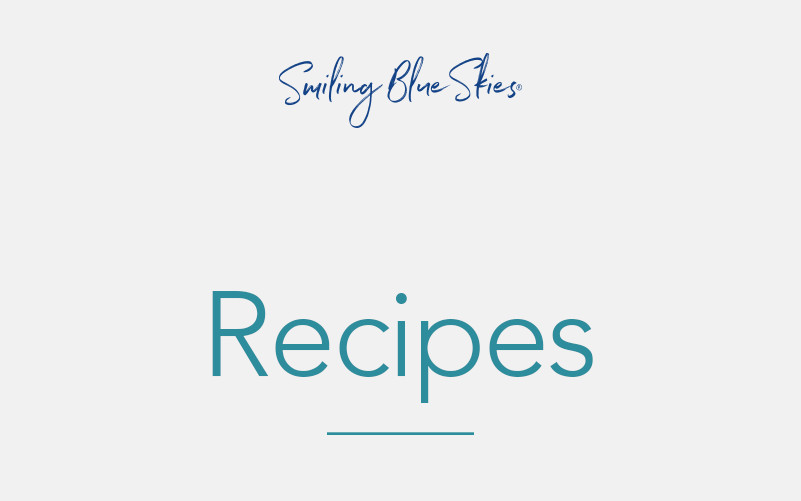The Story of Noritaka
When Noritaka was diagnosed with a very aggressive fibrosarcoma, it broke her guardians’ hearts, but they were determined to do whatever they could for their beloved Nori for whatever time she had left. A tumour had been found at the junction of the small and large intestine, and when she first came home following her surgery, she wouldn’t eat. Nori’s guardians knew that if a cat doesn’t eat for 24 hours, she can suffer from hepatic lipidosis, a life threatening condition that would be an addition to the cancer she was already fighting. This is when animal guardians have to pull out all the stops. Fortunately, Nori’s guardians made sure that they were very well prepared for the challenge facing them. Initially, they used a syringe to feed Nori beef liver that had been gently cooked and then liquefied in a blender. They fed her several meals throughout the day and night, and it was a real cause for celebration when Nori began to lap up a mixture of tuna and warm filtered water on her own. Even Nori’s favourite biscuits were whirled in the blender, and slowly, she graduated to eating ground beef, turkey, and chicken, and puréed fruits and vegetables. It was a miracle that Noritaka survived her surgery, and it was another miracle when she lived ten days past her surgery, but it was a true testament to love, when Nori surprized everyone, her beloved guardians most of all, and lived ten months past her original diagnosis.
There are no ten commandments or easy to follow lesson plans for feeding a pet with cancer. Simply put, one diet does not fit all, and what works well today, may not be tolerated at all tomorrow. Tastes and textures change. Even regular feeding schedules and places, can be turned upside down. The road to good nutrition is not always paved the way we would like it to be, and guardians have to be prepared for sharp turns and potholes when faced with cancer. With the guidance of a veterinarian or nutritionist, we may get a better idea of what we can expect on our journey, but there is always the road untravelled.
The most critical thing of all, is ensuring that your canine or feline cancer patient eats, and this can be the most difficult job of all, because pets with cancer lose weight, not only because they reduce their regular food intake, but also because of the tremendous metabolic impact of cancer on our animal companions. “If they go hungry long enough, they’ll eat anything,” does not hold true for cancer, despite what anyone tells you.
Using the crockpot is one of the easiest ways to prepare a nutritious meal for your cancer patient and its aroma may be just the thing to entice your pet to eat. Knowing the percentage of protein, fats, and carbohydrates you are working towards, makes it easy to choose ingredients for your cancer cooking challenge. Consider chicken, beef, turkey, or a novel protein like ostrich or emu or buffalo, along with liver and heart, eggs, carrots, broccoli, celery, cabbage, Bok Choy, turnip greens, spinach, and summer squash, enhanced by antioxidant rich garlic and turmeric. Canned wild salmon, sardines, mackerel, and other fish, can top off a meal of whole brown rice or whole oats, sweet potato, and broccoli, and for a change, try protein rich quinoa and teff.
If your companion animal is accustomed to a fresh whole foods raw diet, stick with it, but keep in mind, that if your pet is undergoing chemotherapy or radiation treatments, cooked food is recommended for animals who are immune suppressed in any way. Whatever way you decide to feed your cancer patient, ensure that the diet is evaluated on a regular basis, always keeping your pet’s overall condition in mind. This is when a journal comes in handy.
Colour Your Pet’s World with the Brightest Fruits and Vegetables
Apples are a very rich source of vitamin C. They also contain potassium, calcium, phosphorus, magnesium, selenium, iron, manganese, copper, zinc, vitamin A, folate, and vitamin E. Red Delicious, Northern Spy, and Ida Red apples, contain more potent disease fighting antioxidants than other red apples.
Blueberries and cranberries contain significant levels of resveratrol, a natural compound that has been found to have anti-cancer properties, and is also believed to reduce the risk of heart disease. Blueberries are a very rich source of antioxidants which come from anthocyanins, the pigments that give blueberries their deep blue colour.
A Cocktail for Cancer
Pick Me Up Electrolyte Replacement Formula
The Stock that Rocks
Ingredients
Instructions
Put all ingredients in a large stockpot. Bring to a rolling boil, skim off the foam, turn the heat down to simmer, and leave the pot to sit and stew all day long. Refrigerate overnight. Next morning, skim off the fat, remove the meat and vegetables, strain the stock into storage containers and freeze. This will give you a nutrient-dense broth to add to any recipe, including biscuits and treats, or as a topper for regular meals.
Shiitake mushrooms have a long history, going back more than 1000 years, to Ancient China, where it was a symbol of longevity. Shitake mushrooms contain an active compound called lentinan, a type of polysaccharide referred to as a branched beta-glucan, which supports the immune system, helping the body in its ability to fight infection and disease. Beta-glucan has also been shown to have anti-cancer activity.
Fresh and Friendly Frittata
Instructions
Carrot Flan
Ingredients
Instructions
Kombu Candy
Ingredients
Instructions
Share a Cup of Green Tea with Your Pet
We have to step up to the plate for our pets with cancer. Creativity in the kitchen goes a long way and can unlock many doors. Over seven years and three hundred case studies later, I still believe that good nutrition points the way towards quality of life for our beloved animal companions with cancer. It is one way that together, we can take a bite out of cancer, for precious pets and people too.

